Dear Readers,
AI plays a crucial role in our blog, helping us manage our time more effectively to keep the content flowing. While AI assists with content creation, which may lead to occasional spelling or grammar errors, our primary goal remains clear: to deliver meaningful insights to you. For important matters, please consult a specialist.
Thank you for your understanding and support.
Best regards,
Education.com.cy
Summary
Messy play is a powerful tool for enhancing children’s vocabulary and language development. This article explores the benefits of messy play, practical strategies for incorporating it into daily routines, safety considerations, and real-life examples of its effectiveness. By engaging in sensory-rich activities, children can learn new words, improve their communication skills, and develop a deeper understanding of their environment.
Introduction
Messy play involves activities that allow children to explore different materials through touch, sight, smell, and sometimes taste. This type of play is crucial for early childhood development as it stimulates the senses and encourages children to interact with their surroundings. By engaging in messy play, children can develop fine motor skills, creativity, problem-solving abilities, and, importantly, their vocabulary. This article will delve into the various ways messy play can be used to build vocabulary, the benefits it offers, and practical tips for incorporating it into your child’s routine.
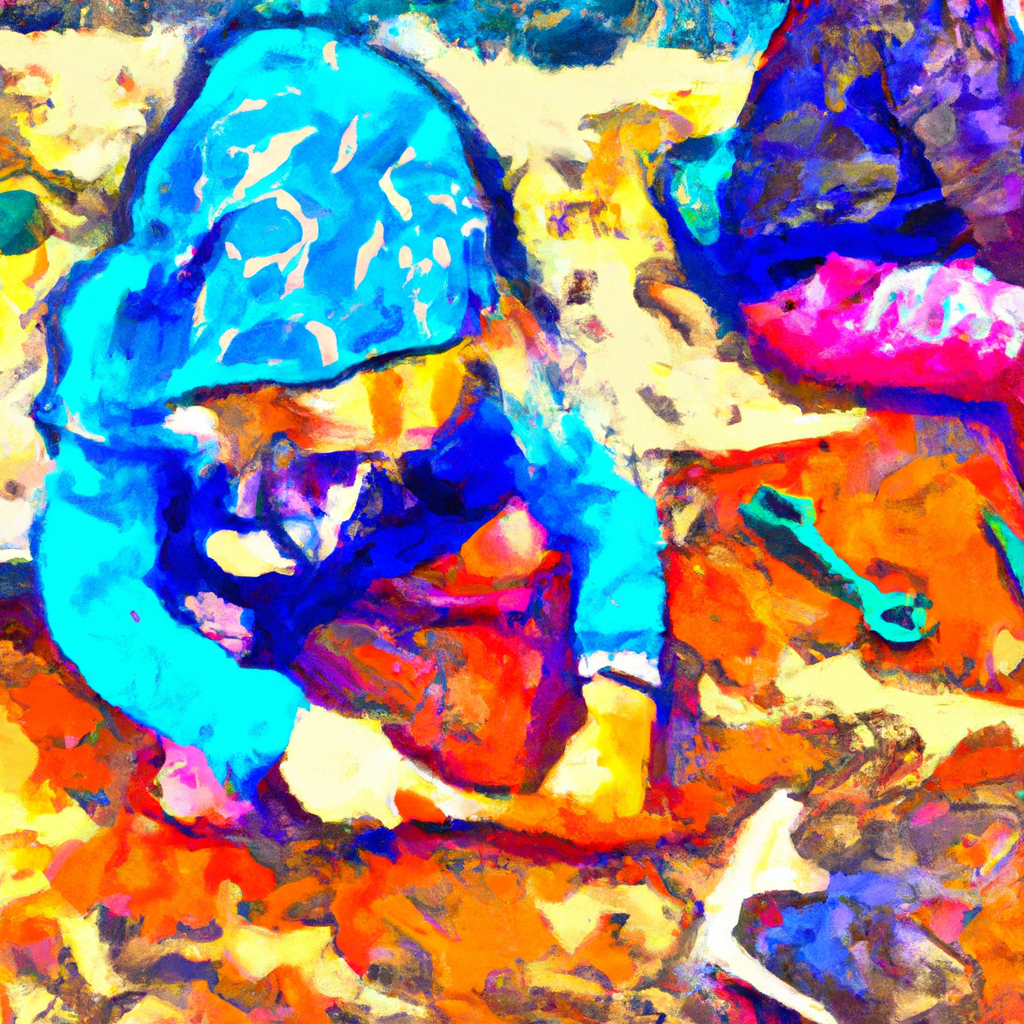
Main Sections
Benefits of Messy Play for Vocabulary Development
Enhancing Speech and Language Skills
Messy play provides a rich sensory experience that introduces children to new words and concepts. For example, playing with water can teach words like “splash,” “drip,” “wet,” and “pour.” Similarly, playing with sand can introduce terms such as “grainy,” “smooth,” “sift,” and “mold.” By hearing and using these words in context, children can better understand their meanings and incorporate them into their vocabulary.
Encouraging Interaction and Communication
Messy play often involves interaction with others, whether it be parents, caregivers, or peers. This interaction provides a natural context for practicing conversational skills and turn-taking. Children can ask questions, make requests, and respond to others, all of which contribute to their language development. For example, a child might ask, “Can I have the blue paint?” or respond to a peer with, “Let’s mix the colors together.”

Find out how the strategies discussed in the article
"How Teaching a Song Can Improve Your Child’s Learning and Well-Being"can help address internet addiction in children and teens.
Practical Strategies for Building Vocabulary
Choice of Materials
Offering children a variety of materials to choose from can enhance their vocabulary. For example, providing options like sand, water, clay, and paint allows children to learn words associated with these materials. You can introduce terms like “grainy,” “smooth,” “wet,” and “sticky” as they explore each material.
Action Words and Less Frequently Used Words
Engaging in messy play allows children to learn and practice action words or verbs. Activities like mixing, pouring, squeezing, and squishing introduce children to a variety of verbs that describe different actions. By using these words during play, children can better understand their meanings and how to use them in sentences.
Match Plus One Technique
This technique involves adding one word to whatever the child says, thereby expanding their sentence structure. If a child says “water,” you can respond with “cold water” or “blue water.” This simple addition helps children learn how to build more complex sentences.
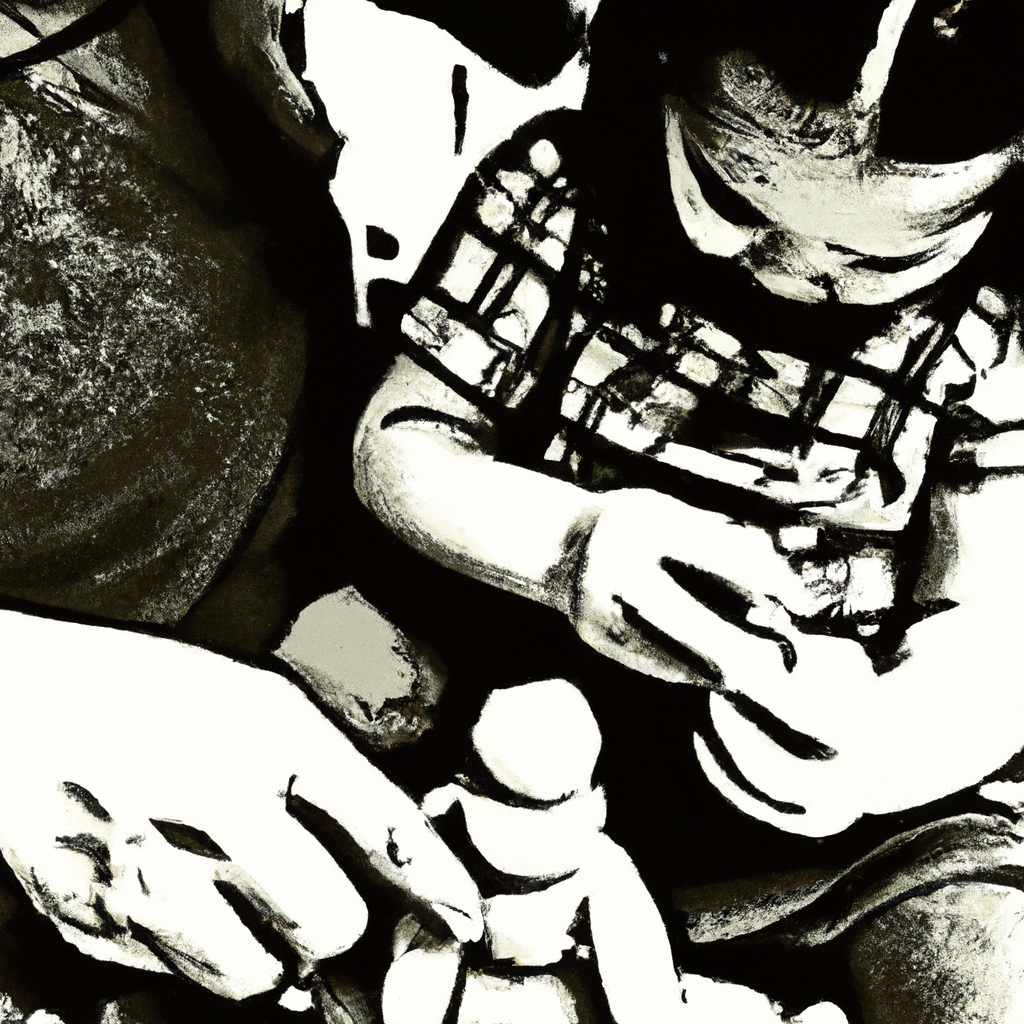
Safety Considerations
Allergies and Reactions
It’s important to consider any allergies or reactions children may have to certain materials used in messy play. Always read the labels on any products you plan to use and look for non-toxic, hypoallergenic options. Conduct patch tests by applying a small amount of the material to a small area of your child’s skin to check for any adverse reactions before allowing full exposure.
Safe Materials for Children
Ensure that the materials used are safe for children. This includes using non-toxic paints, clays, and other substances. For younger children who are likely to put things in their mouths, consider using edible materials like yogurt, pudding, or homemade playdough. Avoid materials that could pose a choking hazard, such as small beads or buttons.
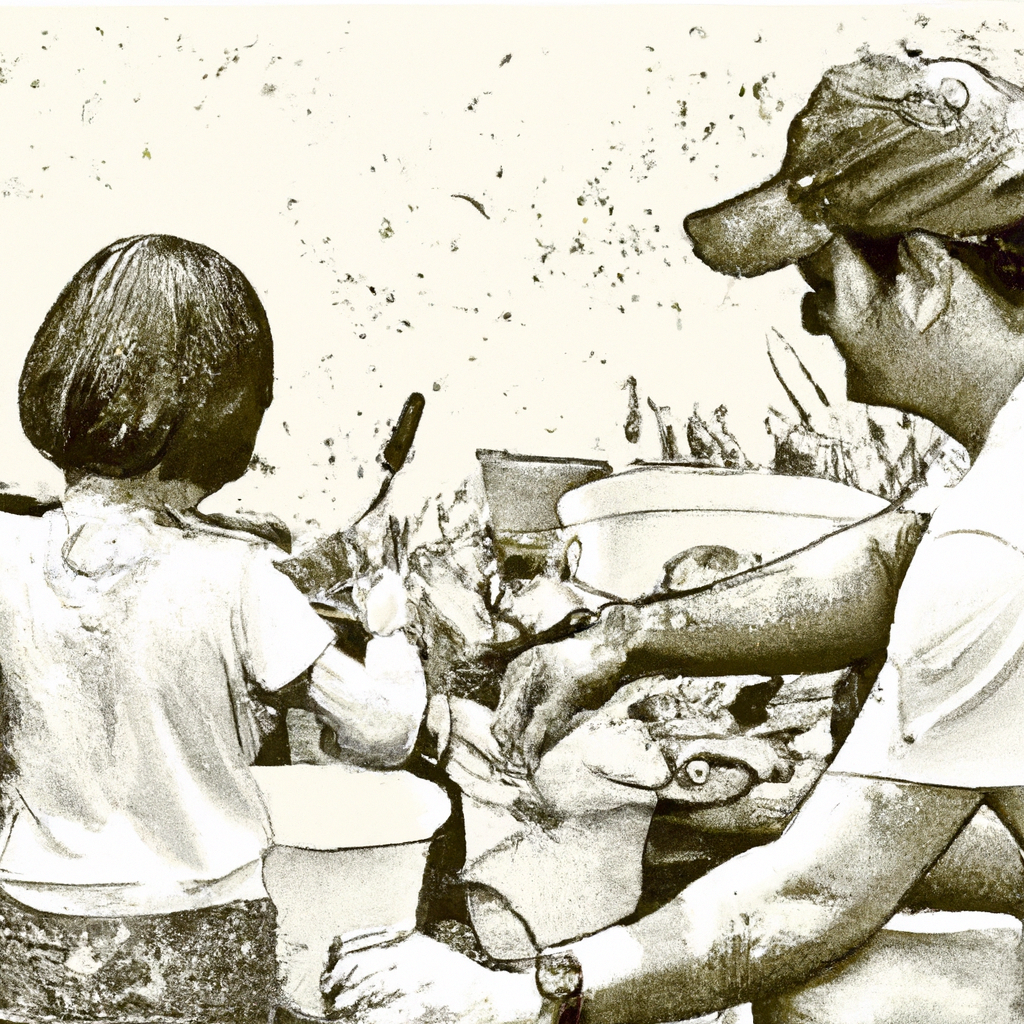
Case Studies and Examples
Real-Life Applications
In a preschool setting, children were given the option to choose between different materials for their messy play session. The materials included sand, water, clay, and rice. By allowing children to make their own choices, educators observed an increase in the use of descriptive language. For instance, one child chose sand and described it as “soft” and “grainy,” while another chose water and used words like “wet” and “cold.” This exercise not only expanded their vocabulary but also encouraged them to express their preferences and describe their sensory experiences.
Success Stories
A group of toddlers participated in messy play activities that focused on action words. Activities included pouring water, scooping rice, and squishing clay. Educators emphasized the use of action words like “pour,” “scoop,” and “squish” during these activities. Over time, children began to incorporate these words into their everyday vocabulary. For instance, a child who learned the word “scoop” during a messy play session later used it while playing with a toy shovel in the sandbox.
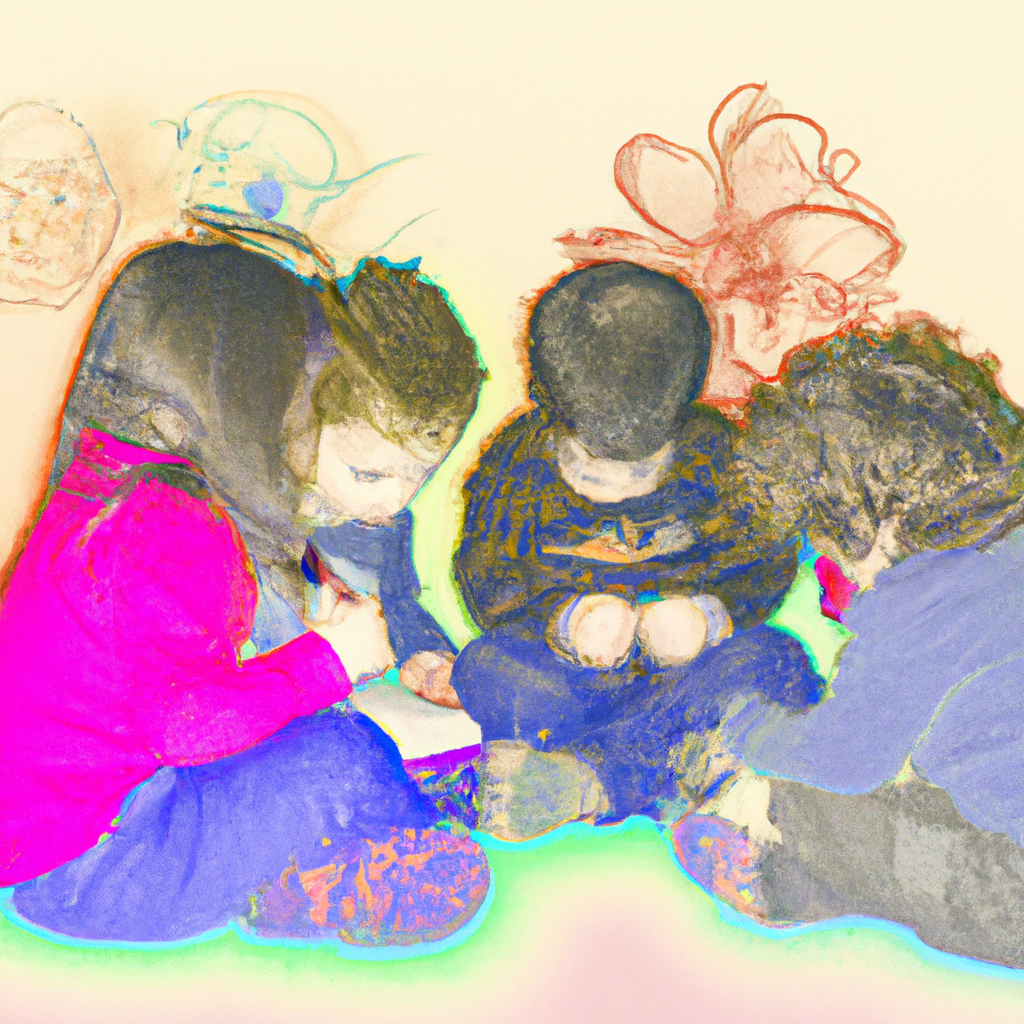
Conclusion
Messy play is a powerful tool for building vocabulary in young children. By providing a sensory-rich environment and engaging in interactive play, you can help your child learn new words and concepts in a fun and meaningful way. Remember to prioritize safety, create a mess-friendly space, and be actively involved in the activities. With these tips, you can make messy play an enjoyable and educational part of your child’s daily routine.
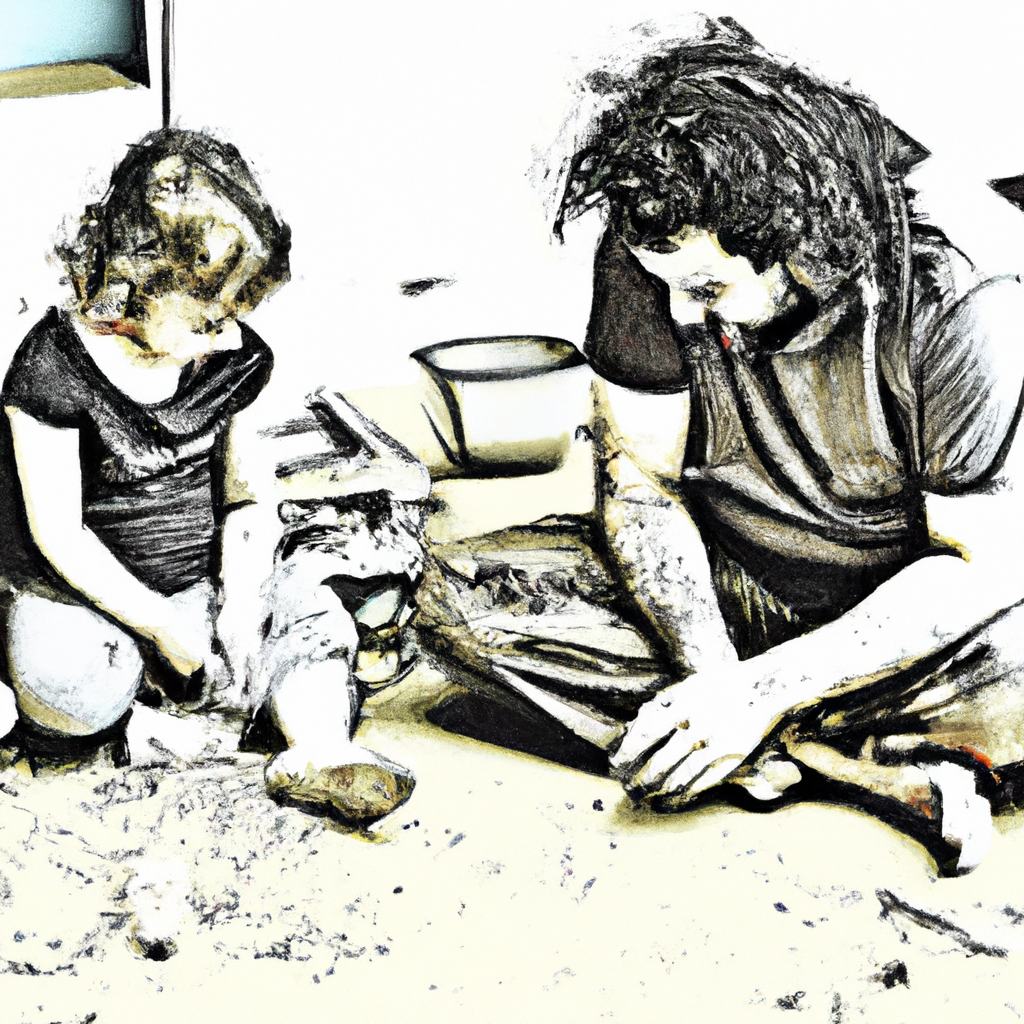
Thank you for reading our article on Building Vocabulary with Messy Play. We highly value your feedback and invite you to take a brief survey to share your thoughts and experiences. Your responses will be kept confidential.
Dear Readers,
Welcome to my blog, where technology, music, and visual arts come together to spark creativity and growth. By subscribing, you’ll become part of a vibrant community committed to exploring and learning in these areas.
Select the type of engagement that suits you best:
Join us and enjoy tailored content and direct support suited to your interests.
